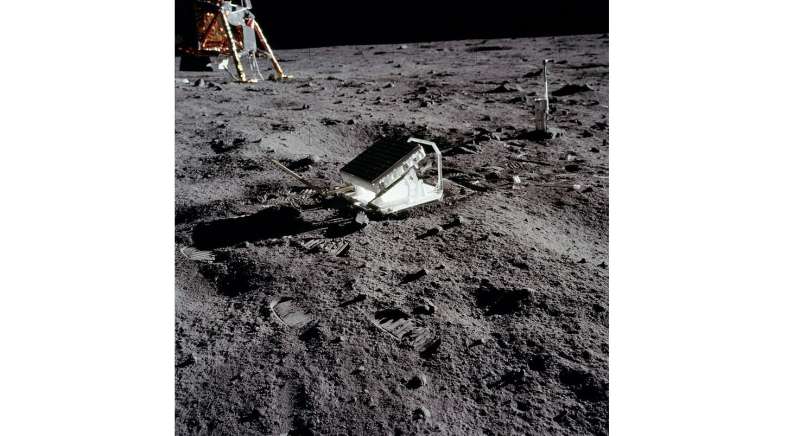December 23, 2016 feature
Still no violation of Lorentz symmetry, despite strongest test yet

(Phys.org)—Physicists have found the strongest evidence yet for no violation of Lorentz symmetry, one of the fundamental symmetries of relativity. Lorentz symmetry states that the outcome of an experiment does not depend on certain aspects of its surroundings, namely the velocity and the direction of its moving reference frame—properties that become relevant when studying astronomical objects and launching satellites, for instance, as well as for unifying quantum mechanics and general relativity.
"We know that general relativity and the Standard Model of particle physics are not the ultimate theories," coauthor Marie-Christine Angonin at the Paris Observatory told Phys.org. "Furthermore, so far, it has been impossible to conciliate in one common theory these two aspects of physics. To succeed in this quest, almost all unification theories predict a breaking of Lorentz symmetry."
To perform the improved test of Lorentz symmetry, the team of physicists from the Paris Observatory and the University of California, Los Angeles, analyzed 44 years of data from lunar laser ranging (LLR) observations.
LLR involves sending laser pulses between a station on the Earth to a reflector on the Moon and back, and measuring the time it takes for the light to complete the round trip, which is roughly 2.5 seconds. Modern LLR experiments can determine the distance between the Earth and Moon to within less than a centimeter.
In the new study, the researchers analyzed data from more than 20,000 reflected laser beams sent between 1969 and 2013 by five LLR stations located at different places on the Earth. The round-trip travel time of the light is influenced by numerous factors, from the location of the Moon in the sky, to the weather and the tides, as well as relativistic effects—which are especially important for testing Lorentz symmetry.
In order to analyze the LLR data in the context of Lorentz symmetry, the researchers first developed a "lunar ephemeris," which is a model that accounts for dozens of factors to compute the estimated position, velocity, and orientation of the Moon with respect to the Earth at any given time. The framework for this ephemeris comes from a theory called the standard-model extension (SME), which combines general relativity and the Standard Model of particle physics, and allows for the possibility of Lorentz symmetry breaking.
"For the first time, a global modeling of the Earth-Moon system has been done in the SME framework," Angonin said. "This means that the SME equations of motion have been included in the ephemeris as well as in the light trajectory description. It leads us to derive complete and robust constraints on the SME coefficients and consequently on a hypothetical breaking of Lorentz symmetry."
Overall, the researchers' analysis shows that LLR data are sensitive to certain combinations of the SME coefficients, but found no evidence that LLR depends on the velocity or the direction of its reference frame, indicating no Lorentz symmetry breaking. Due to the vastness of the data, the results provide the most stringent constraints yet on the SME coefficients, in some cases improving them by up to an order of magnitude over previous research. In general, improving these constraints means that any violation of Lorentz symmetry must be very small, if it exists at all.
In the future, the researchers plan to continue to search for violations of Lorentz symmetry using other astronomical data.
"We wish to combine the data from LLR with those from satellite ranging or Moon exploration, and consider more evolved models where the breaking of Lorentz symmetry arises from the coupling between matter and gravity," Angonin said.
More information: A. Bourgoin et al. "Testing Lorentz Symmetry with Lunar Laser Ranging." Physical Review Letters. DOI: 10.1103/PhysRevLett.117.241301
Journal information: Physical Review Letters
© 2016 Phys.org



















